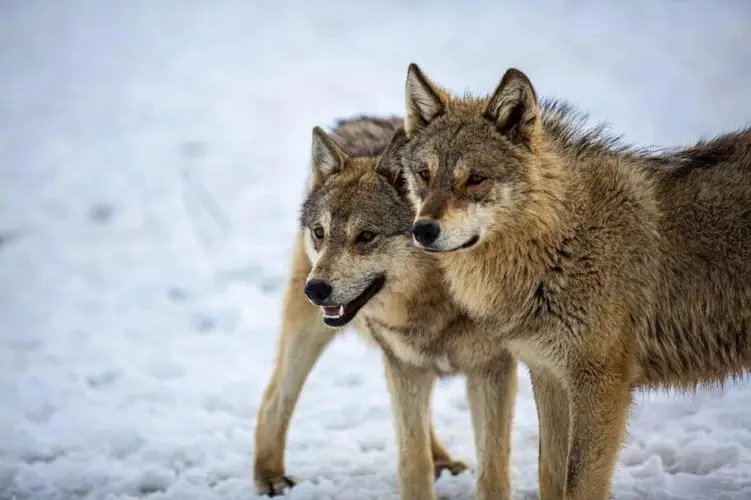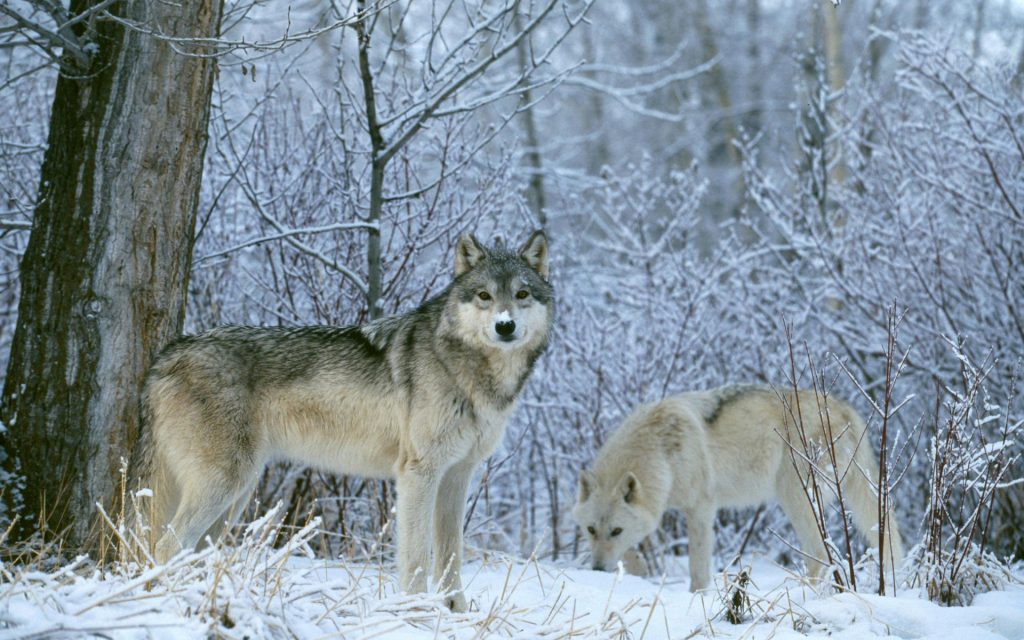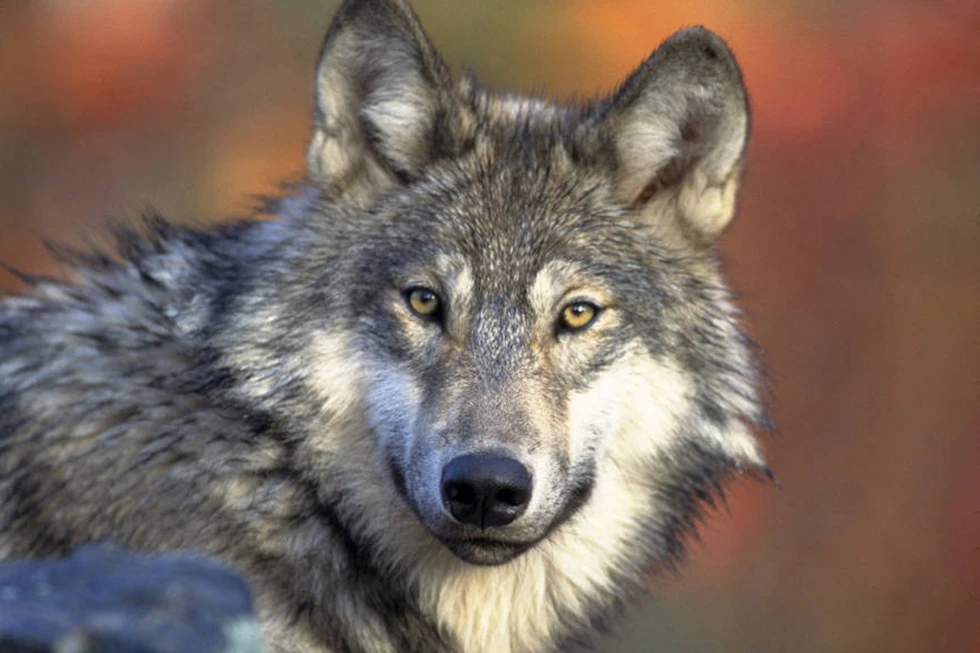I read with great interest the recent news about the lawsuit filed by animal welfare advocates challenging Wisconsin’s new wolf management plan.
It is clear that the issue of wolf management has become a highly contentious and divisive topic in the state, with various stakeholders holding strong and often conflicting opinions.
The allegations made in the lawsuit, particularly regarding the violation of the state’s open meetings law and the disregard of comments from wolf researchers and supporters, are deeply concerning.
It is essential that any decisions regarding wildlife management are made through a transparent and inclusive process, taking into account the input of experts and concerned citizens.
The allegations, if proven true, would raise serious questions about the legitimacy and fairness of the decision-making process that led to the new wolf management plan.
The competing interests at play in the debate over wolf management in Wisconsin are evident. Farmers and hunters have raised legitimate concerns about the impact of the wolf population on their livelihoods, while conservationists advocate for the protection of these animals.
Finding a balanced and sustainable approach that takes into account the needs of both wildlife and human communities is undoubtedly a complex and challenging task.
It is heartening to see organizations such as the Great Lakes Wildlife Alliance taking a stand and advocating for science-based conservation.
The diverse membership of the organization, including hunters, farmers, politicians, business owners, and animal welfare advocates, reflects the broad spectrum of perspectives on this issue.
It is crucial that all voices are heard and considered in the development of wildlife management policies.
The legal action taken by the Great Lakes Wildlife Alliance underscores the importance of ensuring that the process of creating and implementing wolf management plans is fair, transparent, and based on sound science.
I hope that the lawsuit will lead to a thorough examination of the decision-making process and ultimately result in a more inclusive and evidence-based approach to wolf management in Wisconsin.
The lawsuit filed against the Department of Natural Resources alleges that policy board members engaged in unethical practices by collecting comments on a plan from interest groups that they favored, even after the public comment period had officially ended in February.
This behavior raises serious concerns about the transparency and fairness of the decision-making process within the department.
It is imperative that government agencies uphold the highest standards of integrity and impartiality when making decisions that impact the public and the environment.
Allowing certain interest groups to have undue influence over the decision-making process undermines the credibility of the department and erodes public trust.
It is essential that the lawsuit be thoroughly investigated and that appropriate measures be taken to prevent such unethical practices from occurring in the future.
The public has a right to expect transparency and fairness in the decision-making process, and it is the responsibility of government agencies to uphold these principles at all times.
It is concerning to read about the allegations made in the lawsuit challenging Wisconsin’s new wolf management plan.

The fact that board members attended private discussions hosted by certain organizations, while excluding members of the Great Lakes Wildlife Alliance, raises questions about the transparency of the decision-making process.
The lawsuit’s claim that enough board members participated in these meetings to influence changes to the plan, despite not constituting a quorum, is particularly troubling.
Furthermore, the lawsuit alleges that the Department of Natural Resources (DNR) did not give adequate consideration to scientific studies questioning the accuracy of the department’s wolf population counts.
It is essential that decisions regarding wildlife management are based on sound scientific evidence, and any failure to do so could have severe consequences for both the wolf population and human-wildlife conflicts.
The claim that the DNR allowed opinions and unverified accounts of wolf aggression against hunters to influence the plan is also worrying.
It is crucial to base wildlife management decisions on factual evidence rather than anecdotal accounts, which may not accurately reflect the overall situation.
While it is understandable that the DNR spokesperson cannot comment on pending litigation, it is essential that the department takes these allegations seriously and addresses them appropriately.
Wildlife management decisions must be made with transparency, scientific rigor, and consideration for the well-being of both wildlife and human communities.
The issue of wolf management in the state of Minnesota has been a contentious and complex one, with various stakeholders holding differing opinions on the best approach to take.
The Department of Natural Resources (DNR) initially adopted a wolf management plan in 1999, which aimed to cap the wolf population at 350.
However, recent estimates from the DNR indicate that the population currently stands at around 1,000, far exceeding the original target.
In response to the growing wolf population, Republican legislators passed a law in 2012 requiring the DNR to hold an annual wolf hunting season.
This move was supported by hunters and farmers, who cited the 350-wolf limit as justification for setting high kill quotas. However, this decision was met with strong opposition from animal rights activists, who were concerned about the potential impact on the wolf population.
The situation took a new turn when a federal judge placed gray wolves in the lower 48 states back on the endangered species list, making hunting illegal and limiting farmers to nonlethal control methods.
This decision effectively halted the wolf hunting season and forced the DNR to rethink its approach to wolf management.

In response to these developments, the DNR has been working on an updated wolf management plan in case wolves are removed from the endangered species list and hunting can resume.
After much deliberation, the department’s board finally approved a plan last month that recommends maintaining the statewide population at about 1,000 wolves, but doesn’t set a hard limit.
Instead, it recommends allowing the population to grow or decline at certain numerical thresholds.
DNR officials have described this plan as a flexible compromise, aimed at balancing the needs of various stakeholders.
However, this approach has been met with criticism from farmers and hunters, who argue that the lack of a hard population cap leaves the wolf population unchecked and poses a threat to their livelihoods.
In response, Republican lawmakers are advancing a bill that would force the DNR to insert a specific number in the plan, in order to provide more clarity and certainty for all parties involved.
The debate over wolf management in Minnesota is a complex and multifaceted issue, with no easy solutions.
It is evident that there are strong and conflicting opinions on the best approach to take, with various stakeholders advocating for their own interests.

As the DNR continues to navigate this challenging terrain, it is crucial for all parties involved to engage in constructive dialogue and work towards a balanced and sustainable solution that takes into account the needs of both the wolf population and the communities that coexist with them.
Only through collaboration and compromise can a harmonious and effective wolf management plan be achieved.
